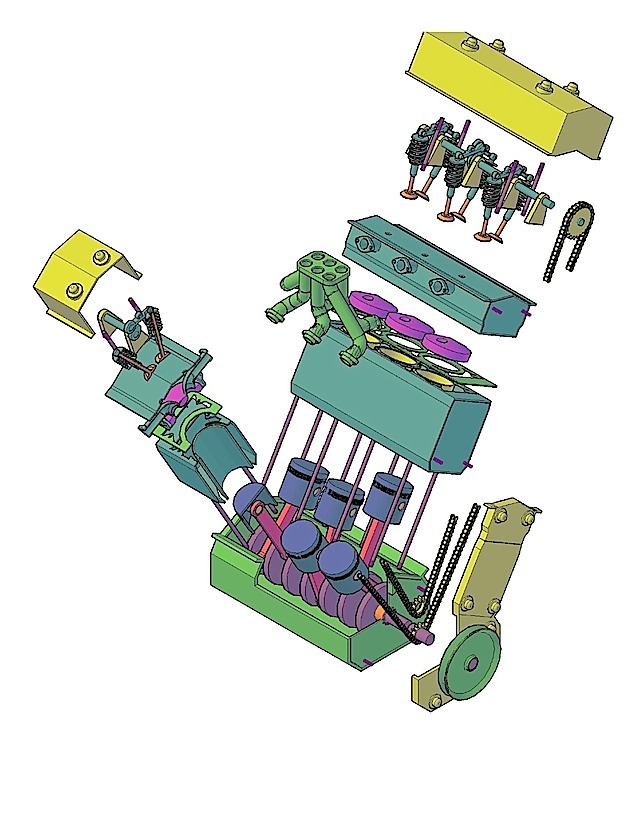CS184 Section 10
Inverse Kinematics and CS184 Extensions
Brandon Wang
April 16, 2013
Material adapted from Carlo Sequin.
Brandon Wang
April 16, 2013
Material adapted from Carlo Sequin.
Final project proposals due tomorrow!
If you liked CS184, you can take more classes in graphics!

Make meshes to render

Graphics, but backwards
(Requires CS188 as well.)
Continuation of CS184, goes more in-depth about theory.

Make the tools that people use to design things.
(Lots of splines, subdivision, etc)

Make things.
(Mix of splines, meshes, but kind of like an art class)



You have an arm, and joints. Now you need to figure out how to get the end to some position.
E is of dimension n, the number of constraints. (i.e. x,y,z of your goal)
q is of dimension m, the degrees of freedom of the linkage. (i.e. each angle of each joint)
We want to find J in
J, the Jacobian matrix, is the n by m matrix of partial derivaties where the (i,j)th element of J is given by
J not always invertible!
SVD (with 1/0 to 0):
Jacobian Transpose
Cyclic Coordinate Descent - use many 1 DoF IK problems. Essentially loop over your joints from leaf to root.
Write out the Jacobian for the 3-link spider leg with respect to height H of its end effector above the ground plane.
Theta1 = Theta2 = 90 degrees